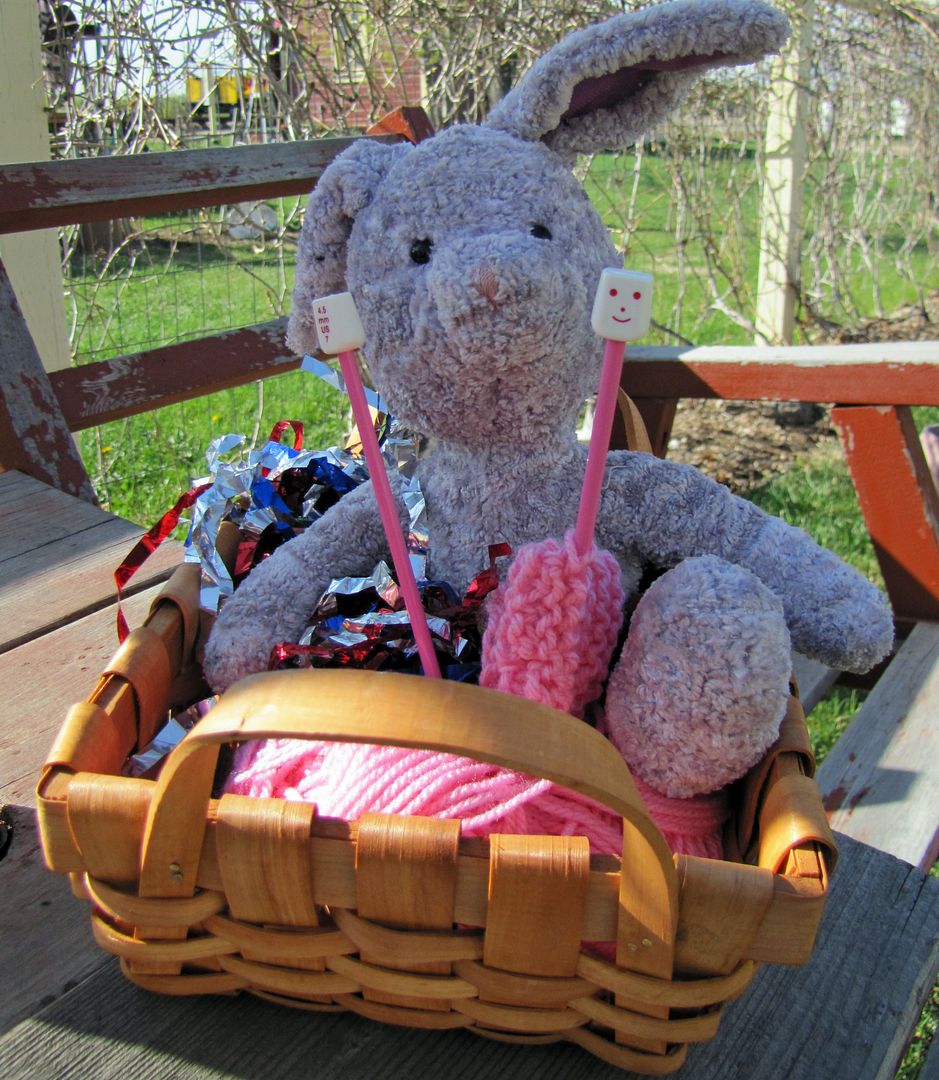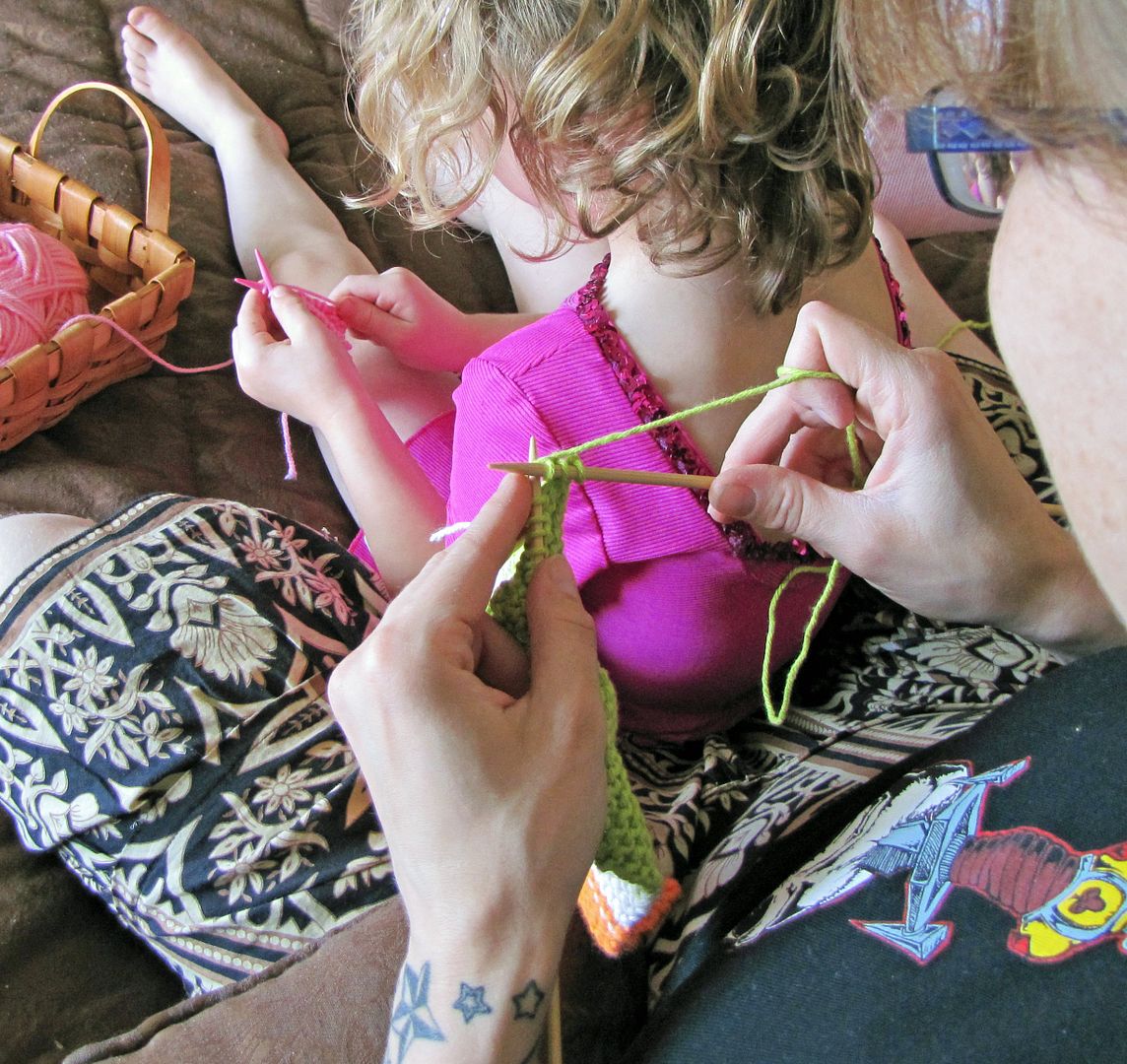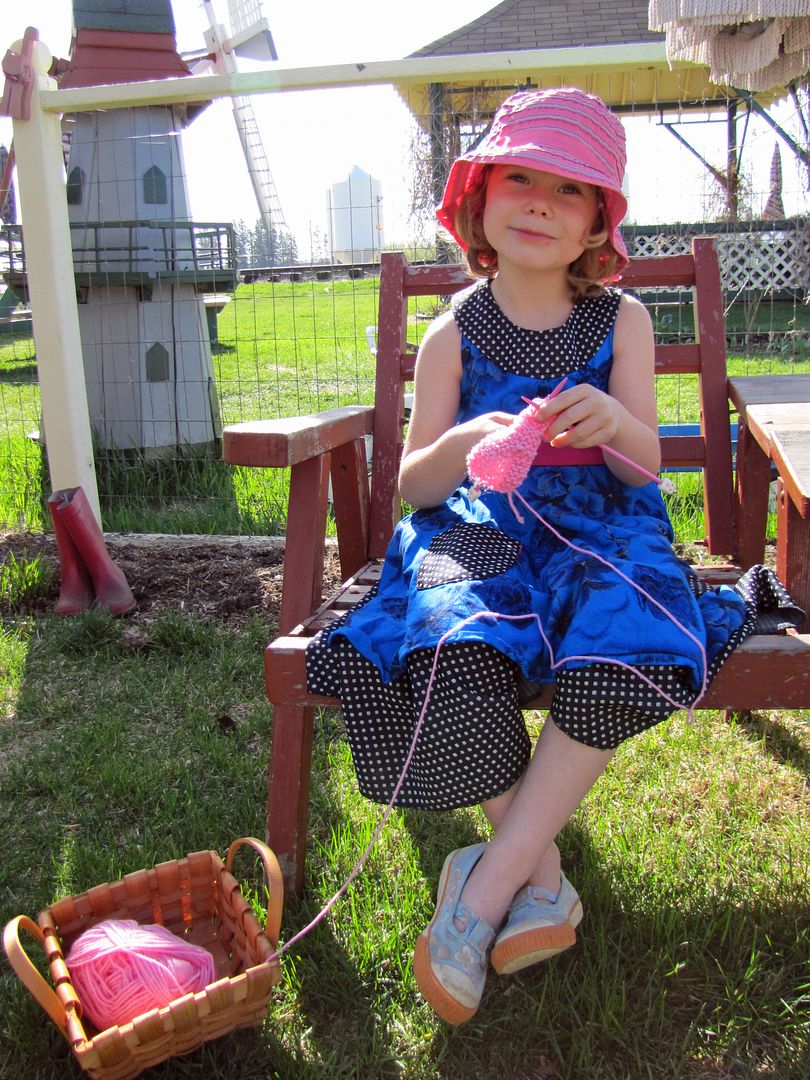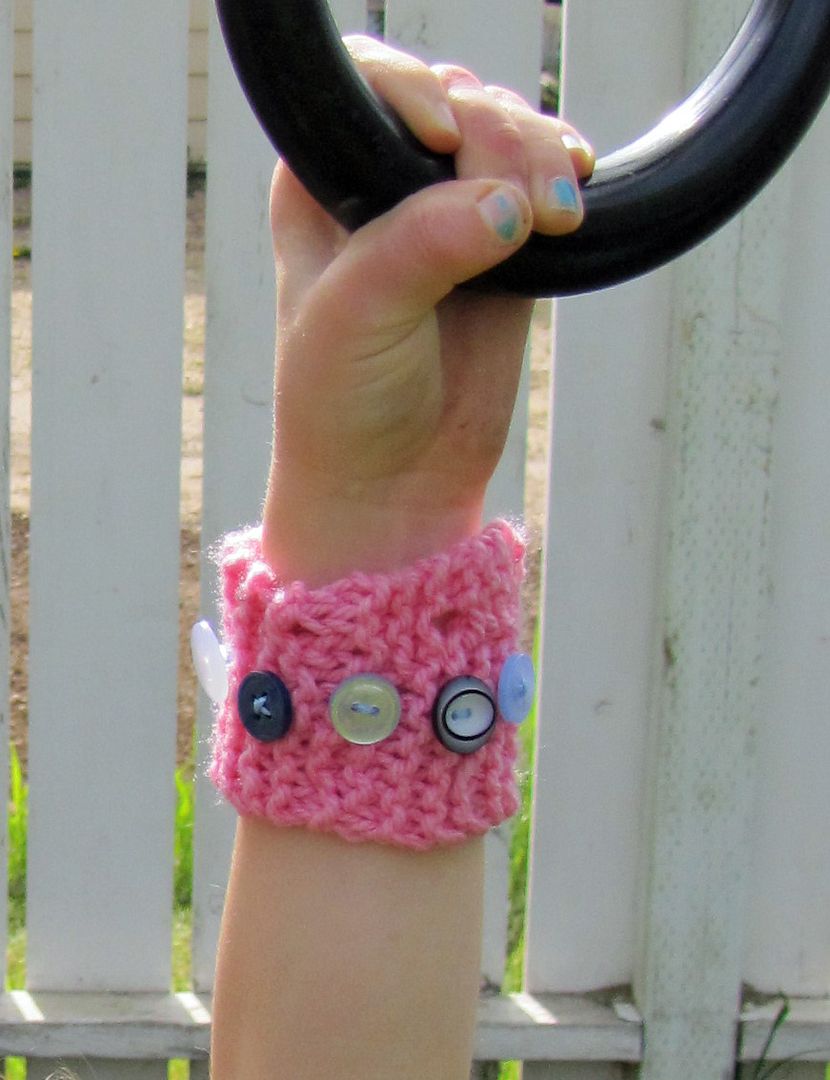How to teach knitting to your girl
1. Begin by helping your girl to assemble her primary supplies: knitting needles (a mid-size needle of shorter length is easiest for beginners to manipulate), yarn (try a worsted weight), and a basket or bag to keep it all together. Make sure all her basic materials are of good quality so that she knows her work is valuable.
2. Choose a project that is neither too difficult nor too boring. Scarves are great for learning the basic stitches, however they are time consuming and discouraging for slow and beginner knitters. A wrist cuff or pencil can cozy are good places to begin. Definitely make this first time knitting a real project, not just 'practice' without an end goal. Give her something to finish and use, so that she can experience for herself the joy of self reliance.
3. Find a time that is relaxed with few distractions. If possible, arrange it so that it's just you and her. The atmosphere you are creating should be one with the feeling of expansive timelessness, where these new materials and process can be explored and mistakes can be made safely.
4. Sit in a comfortable chair or couch and have your girl sit in your lap. Cast an appropriate number of stitches for the project (she can learn to cast on for herself in the future as she gains skill). Then for the first row, gently cup her hands inside of yours and knit the yarn yourself. Work very slowly, softly moving her fingers along with yours, allowing her to see and feel how the needles and yarn work together. If you must talk, quietly talk to yourself about the process or chit chat about something else entirely. Avoid narrating or instructing in anyway. Skills are usually developed consciously and then worked intuitively. Invite your girl into the realm of the intuitive as you work. Let her feel the comfort and lack of self consciousness that mastery brings, and reinforce that the journey is just as important, if not more so, than the destination.
5. As you slowly work the yarn and needles with her hands in yours, you will begin to feel the resistance in her hands lessen as she grows familiar with the basic movements. Gradually, she will begin to anticipate the next step and her hands will begin to dance in unison with yours. As her confidence grows, allow her hands to take over small portions of each stitch integrating her will with your movements.
6. Bit by bit, your own presence will diminish, as your girl takes over bringing the yarn around the needles and pulling the stitch from one needle to the other. For the places in each stitch where she is still unsure, stay present and steady her hand.
7. This is the best time to demonstrate the process of making and fixing mistakes. The primary lesson for all mistakes is to not panic. Demonstrate this by making a mistake. Allow yourself to react naturally ("Oh, poot! I've dropped a stitch!") and then talk yourself through fixing the mistake ("I will not move my left hand so that I do not pull out any more stitches, while I carefully slip my right needle back through the loop..."). Your girl is watching your always. Show her how to handle adversity.
8. At some point your hands will become extraneous. This may happen on the first knitting session, but most likely will take a few times knitting before you can back off. Do not withdrawal entirely. Keep your girl on your lap. Keep your attention on her hands, on her face, on her reactions. Be present for her, to assist and to witness the unfolding of her new skill.
9. After a time, you will be able to pick up your own knitting and work alongside your girl. This is the point when you become less of a teacher and more like a fellow woman working alongside your girl. Your girl, in response, will feel less like a student, and more like an equal who now has her own skill to develop and grow from.
10. Find opportunities for your girl to practice her new skills. Place her unfinished project in a prominent location. Make time for just you and her. Do not leave her alone to knit, but be present if only just in the room. Be mindful of her mood and attitude. Lessen frustration by sitting with her when necessary and encourage her confidence by backing off when she is happily flying along.
11. Take the show on the road. Go outside, to the park, to the mall. If she is not self conscious, go someplace public and allow her to revel in the attention she will inevitably draw. She will receive many compliments on her work and competence. Discussions will begin around her about knitting, church knitting clubs, grandmas who knit, this sweater that was knit, good memories, where to buy yarn, how so and so can not knit, and so on. Your girl is part of a larger community now of creative skilled people. Isn't it amazing?
While out and about with knitting in hand, if anyone, stranger or family alike, attempts to make unwelcome corrections, give instructions, or worst of all, take over and demonstrate, stop them quickly and firmly. Protect your girl's right to learn for herself. Tell the good intentioned interloper that your girl is doing just fine and if she needs assistance she will ask for it. Distract the interloper; ask them how they learned to knit. If necessary, when all else fails, take the interloper of the scene entirely, with a flying full body check.
12. Keep working. When one project is finished, have your girl start another that requires a small advancement of skill. For her second project, teach her to purl and make leg warmers. For the next, show how to alternate knit and purl within one row. Then to add stripes with different coloured yarns. Then to increase or decrease stitches to make a hat. And so on.
Each of your girl's subsequent projects should begin the same way as her first project did. With your girl on your lap, slowly working through what must be done, comfortably together. Through her knitting, your child is locating herself in a great generational continuum of women who have made handicrafts for the survival and pleasure of their families and communities. She is an important link along the chain. So are you. Let the gravity of passing along this important skill to your girl root both of you to its integral worth and your value in doing it. Then acknowledge your own unique place in time and history by venturing out from the basic method to play, explore, and create art. One day, very soon, your own girl will also take her knitting in a direction you would of never thought of. Welcome her adventurousness and be proud of how far you both have come.
Thank You Charity! If you'd like to see more of Charity's writing and WONDERFUL tutorials (she has so many great ones just look on the left side bar) you can see her at her blog Indietutes. She also sells some great patterns in her shop.





Thanks for this. My 4 year old wanted to learn to knit after seeing your little girl knitting. I tried to teach her, but soon realized I needed a little more practice. We are going to keep trying though, with that and everything else.
ReplyDeleteThanks! Britta
How fun! Abby and I love to knit together, although we haven't gotten past the scarf stage yet! We still have fun and she says it's one of her favorite things to do with me.
ReplyDeleteMakes me wish I knew how to knit . . .
ReplyDeleteI agree with Olivia, what a great skill to know as a mother! Wonderful post, full of insights.
ReplyDelete